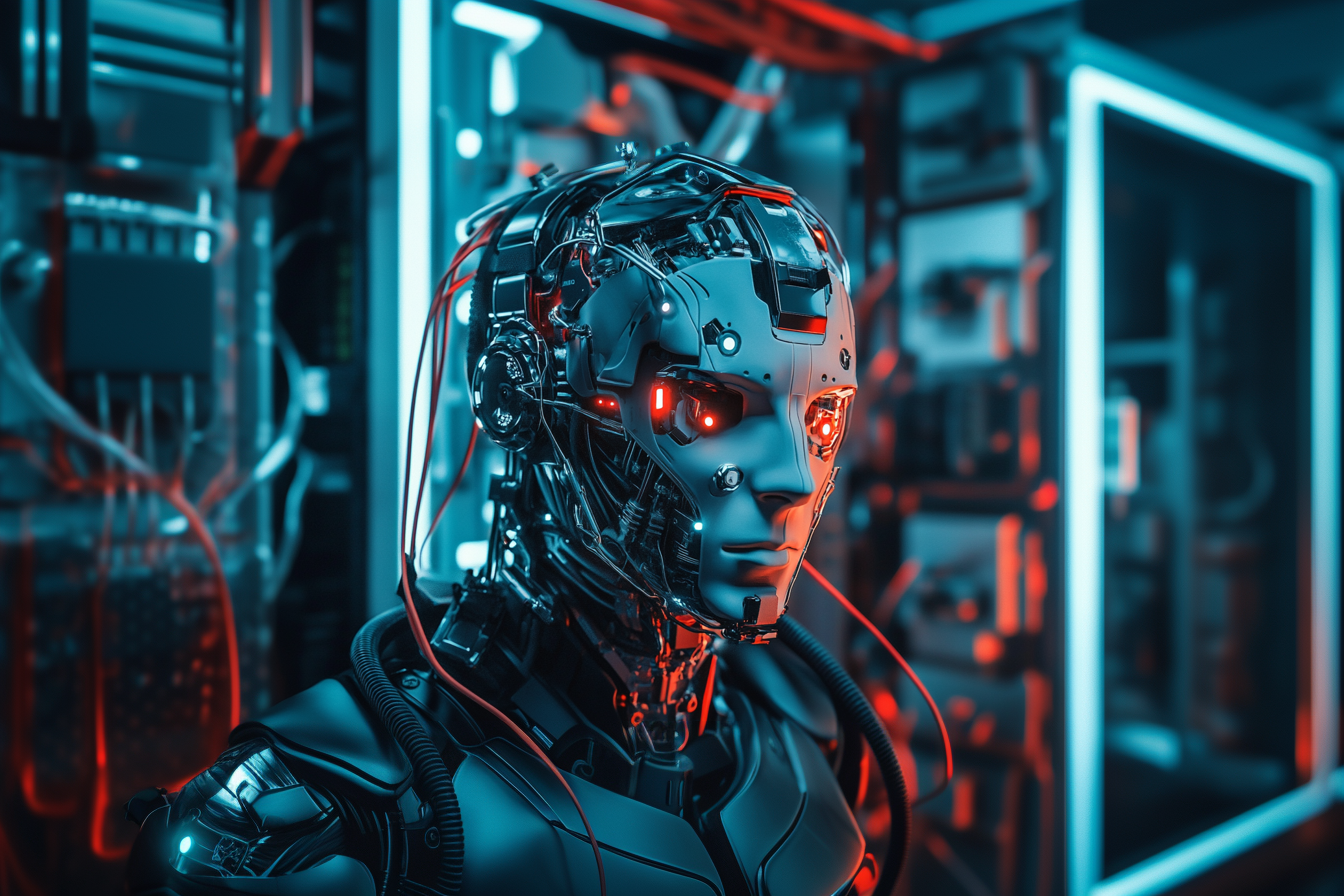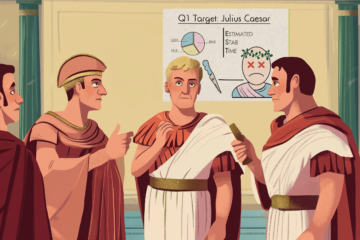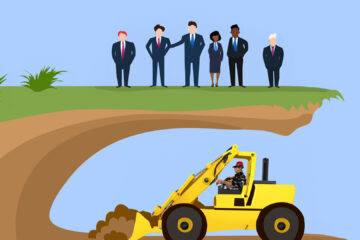A Different Take on the AI Revolution
The rapid advancement of AI technologies, such as ChatGPT, has sparked a fervent debate about the future of jobs, particularly in fields like design engineering and architecture. Some predict that AI will soon eliminate these roles, but history suggests a more nuanced view. To illustrate, let’s look at two previous technology booms: autonomous vehicles and Building Information Modeling (BIM).
The Promise of Autonomous Vehicles
Imagine a world where every car on the road is autonomous. Theoretically, this would drastically reduce accidents, injuries, fatalities, and traffic jams. Yet, despite significant advancements, this scenario remains far from reality. Why? Humans are often reluctant to relinquish control, even when doing so might be in their best interest. Autonomous vehicles face not just technological hurdles but also cultural and psychological resistance.
BIM Expectations and Reality
In 2008, my firm adopted Building Information Modeling (BIM) with high expectations. Many architects believed that tools like BIM would revolutionize building design and construction within a few years. Developers and salespeople echoed this sentiment, urging a rapid and complete transition to avoid obsolescence.
However, the BIM products of that time were incomplete and couldn’t fully replace traditional practices. Fast forward to 2024, and while BIM has become a common design tool, the business model for design and construction remains largely unchanged. The promised revolution hasn’t materialized because the market, driven by human behavior and business models, hasn’t embraced the necessary changes.
Lessons Learned
The moral of these stories is clear: technological advancements alone do not dictate the future. Human factors—cultural resistance, psychological barriers, and entrenched business models—play a significant role.
As AI continues to evolve, it’s crucial to stay informed and be ready to adapt. However, it’s equally important not to overreact. Fear-driven responses can lead to fight, flight, or freeze reactions that impede our ability to adapt appropriately.
A Balanced Approach
Instead of succumbing to hysteria, we should adopt a balanced approach. Pay attention to advancements in AI and other technologies, stay aware, and prepare to react when the time is right. By doing so, we can harness the benefits of new tools while mitigating potential disruptions.
While AI holds tremendous potential, the fate of jobs in design engineering and architecture and other fields will depend on more than just technological capabilities. Human factors will continue to shape how, when, and if these changes occur.



